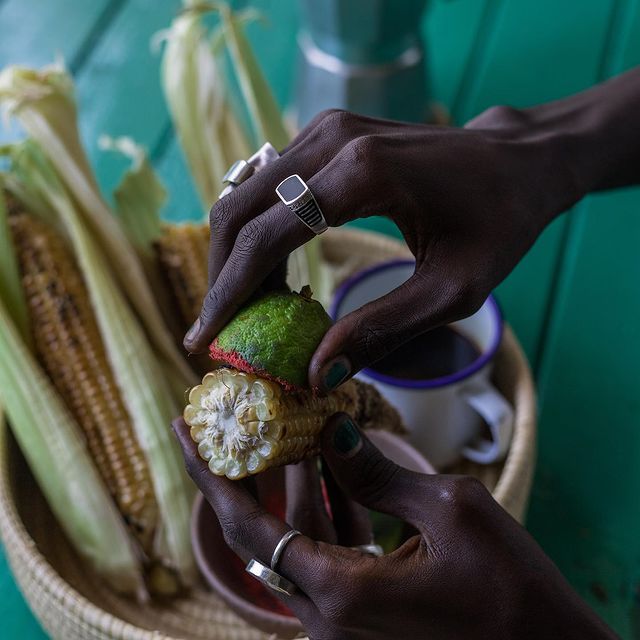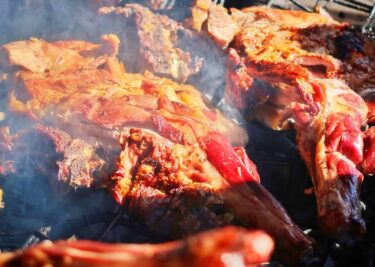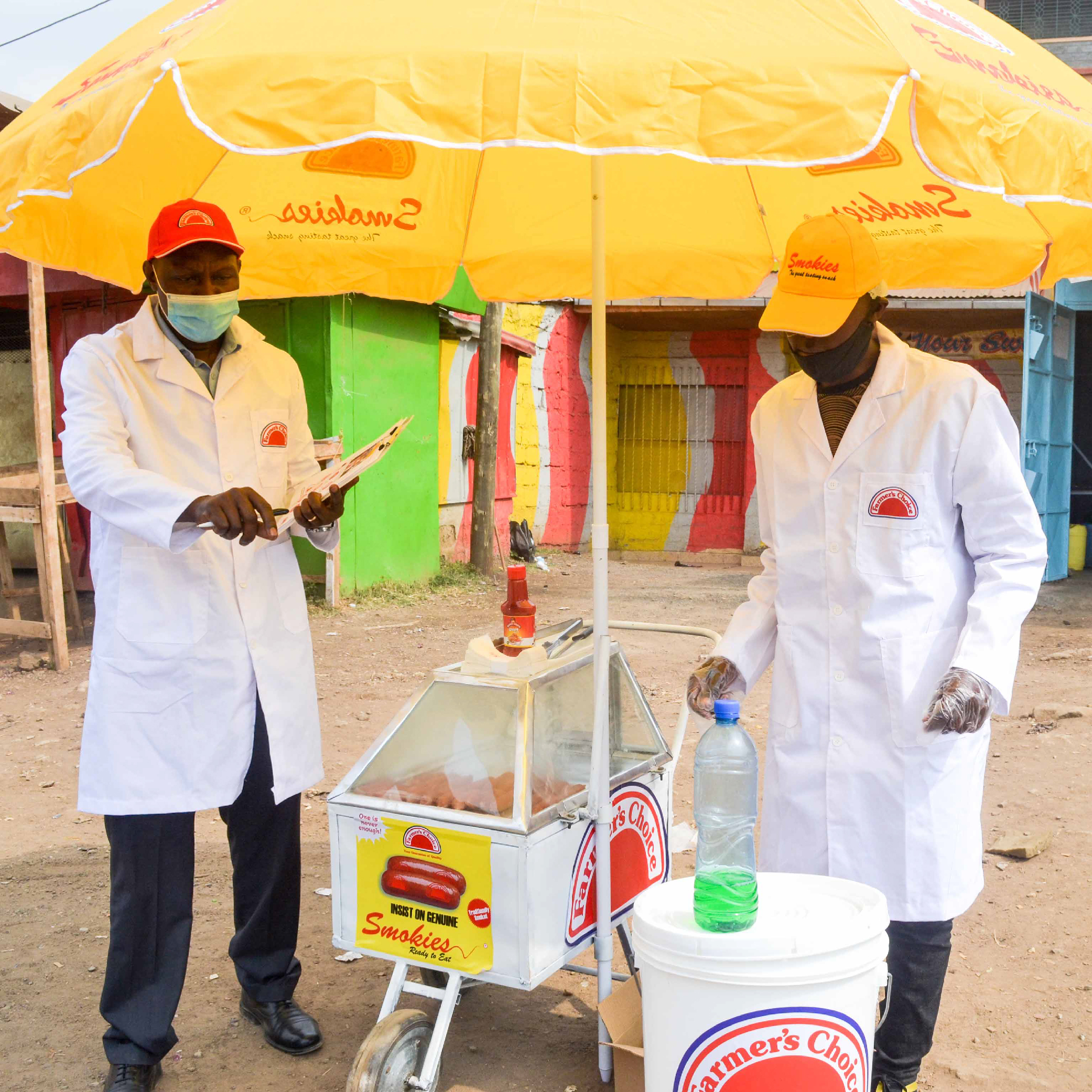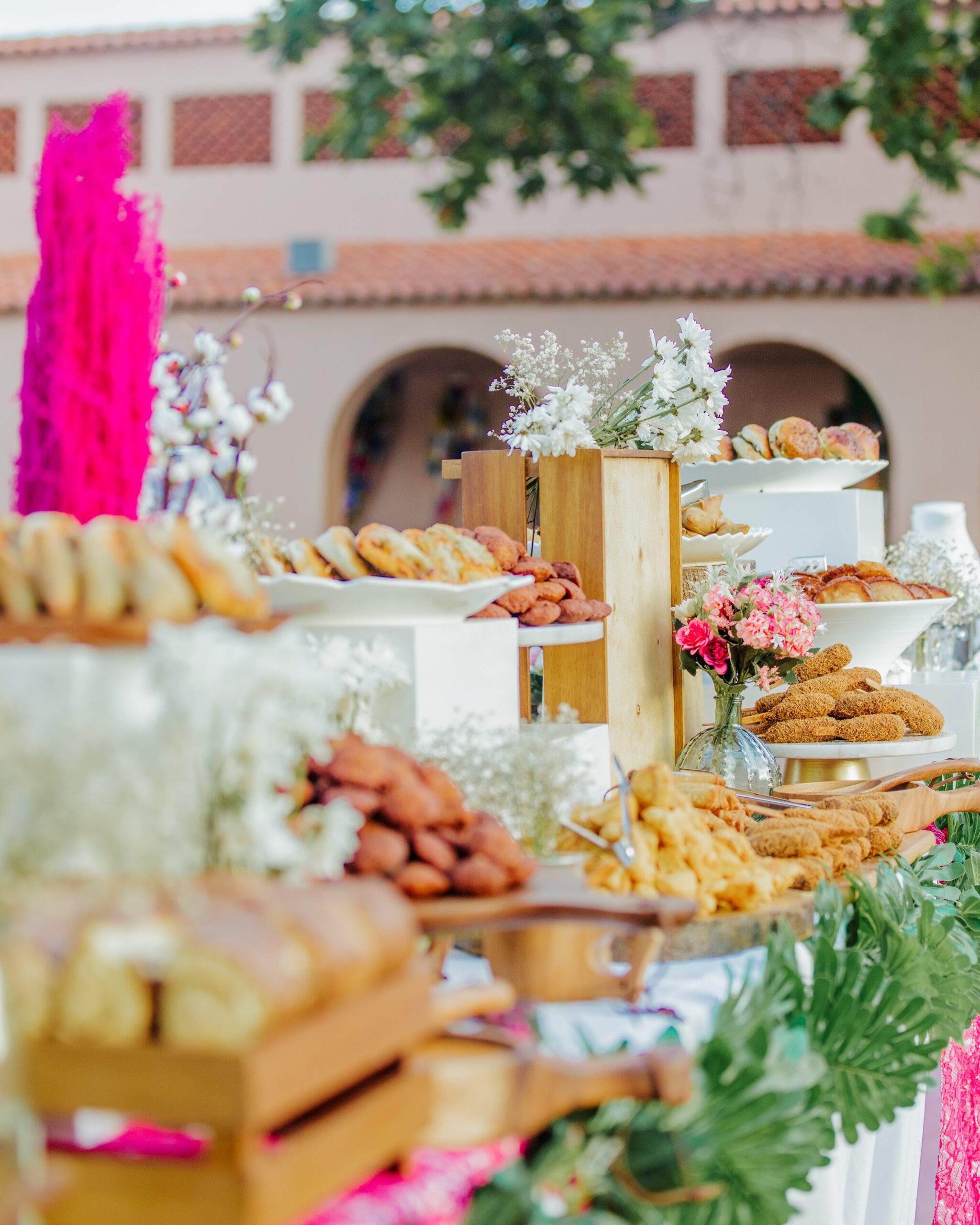Childhood Treats

Image Credit - dishy.co.ke
We all have fond memories of the days when we used to run around with some tasty snack in hand – a well-won prize after a competitive day of sports at a school funkie, or a sneaky treat to keep us busy in the classroom. Ironically, the nature of Kenyan childhood treats seems to be that no matter how much you may try to hide that you’re consuming them, they always find a way to reveal themselves to others. This could be in the bright red smudge of mabuyu, staining one’s lips and teeth, or the stickiness of sim sim, sure to leave a trail of evidence on whatever is touched. Perhaps the only treat one could hide was mahindi choma; usually, it would be tucked away in the pocket of one’s school uniform, and they’d pick apart the kernels throughout the lesson – unbeknownst to their hawk-eyed teachers.
These childhood snacks are quite popular in various parts of the country, but how did this come to be?
Sesame seeds
Starting with sim sim, this local delicacy is made from sesame seeds, which have their origins in Sudan. The plant travelled further down into Eastern Africa, making its way into Kenya, where it is now planted in the Western, Coastal and Northeastern regions of the country. In the early 20th century, sesame seed farming was commercialised leading to the sale of a variety of products including sim sim. This sweet snack is quite simple to prepare and could make for a fun family activity. All you need to do is wash and roast the seeds, boil a sweet concoction of sugar, lemon juice and cinnamon, combine the two, and roll your sim sim balls!
Mabuyu

Image Credit – treeofafrica.ca
Mabuyu on the other hand, is a messier affair. This treat made from baobab seeds is coated in baobab powder and red food colouring. You can add sugar, salt and other spices to taste. Although it may not seem like it, mabuyu actually has several health benefits. It is rich in citrus, and promotes good health by regulating bodily fluids, maintaining gastrointestinal health and more. These seeds come from the majestic baobab trees dotted along the country’s coastal line.
Miwa

Image Credit – The Standard
Sugarcane is a versatile plant, used to produce our nation’s sugar supply. The first sugarcane plant in Kenya was set up in Kisumu County in 1922, but even before then, there were indigenous varieties of the plant being chewed as tasty treats and boiled to make various brews. This tradition of eating sugarcane was passed down through generations, and now children all over Kenya can be seen unfashionably gnawing chunks of miwa as they go about their daily activities.
Sugarcane is also used to make another tasty treat – sukari nguru. Known as jaggery in English, sukari nguru refers to the unrefined sugar made from the sweet juice of the plant which is more nutritious than its refined counterpart. For just a few shillings, young ones can buy a cube of sukari nguru at their local kiosk, and at home, it can be used to sweeten their morning tea or bowl of porridge.

Image Credit – Citizen Digital
Mahindi Choma
Maize is one of the country’s staple foods, and in its ground form, it is used to make our beloved ugali. However, green maize has also become a common snack, that transcends all ages. Whether you’re a playful adolescent or a working adult, we’re all united by our love of roasted maize. You will find Mahindi Choma in almost all corners of the country. Its aromatic smell draws customers in, and for as little as 10 bob, one can enjoy the hot snack, either on its own or elevated with some lemon juice and chilli powder.
Which of these was your favourite snack to munch on in your childhood days? Let us know in the comments!
#StreetFoodKenya



